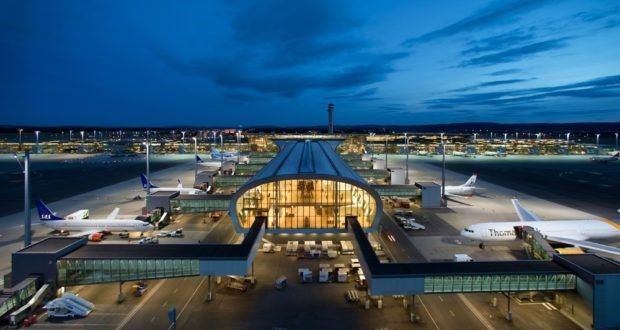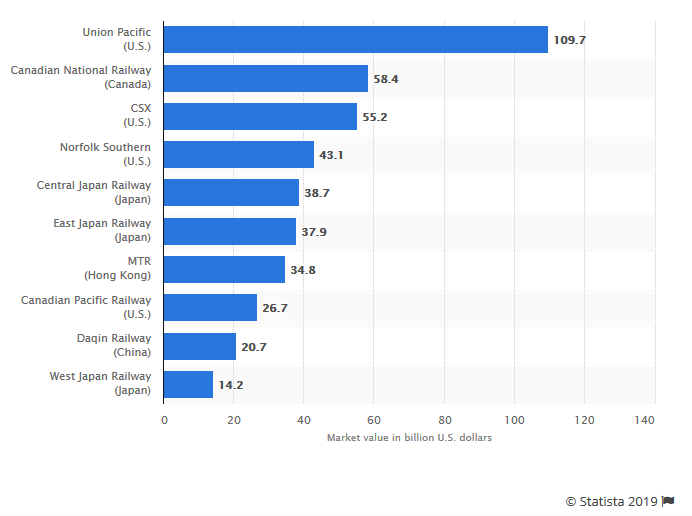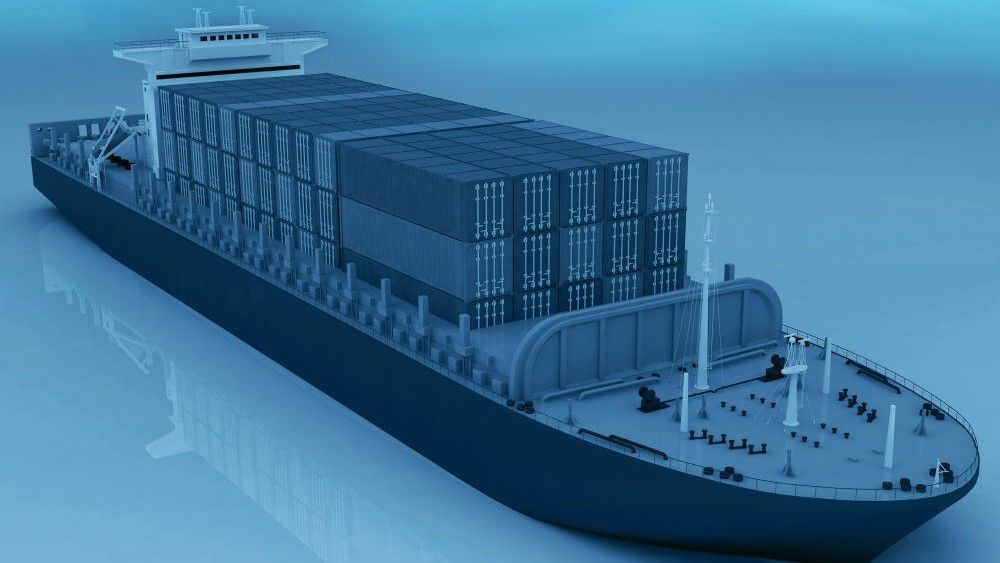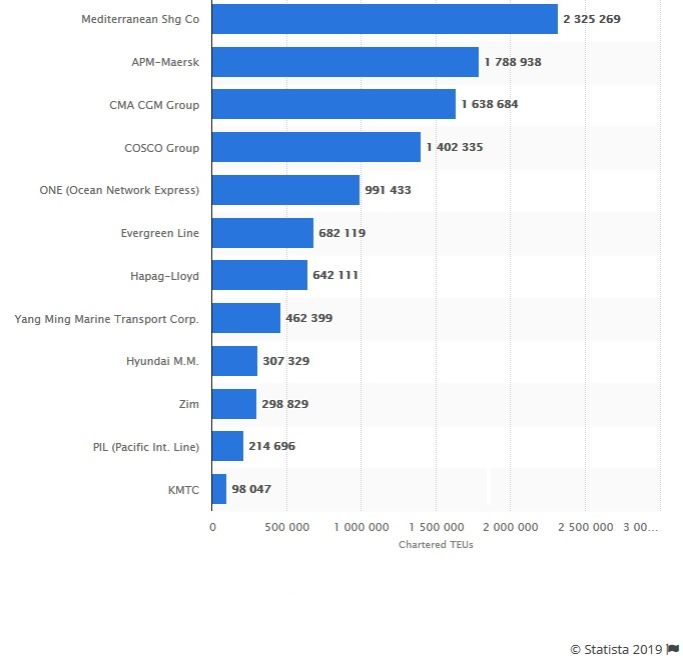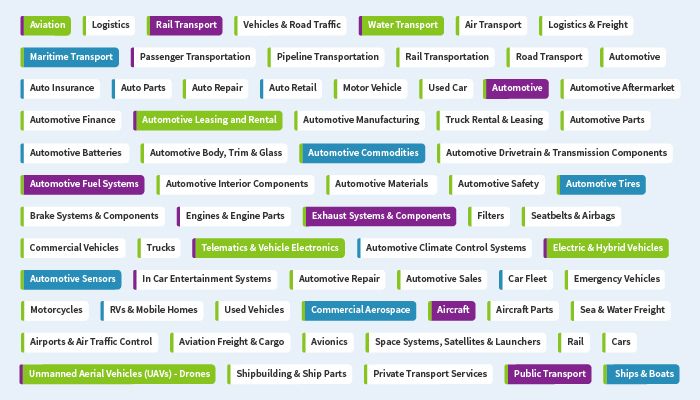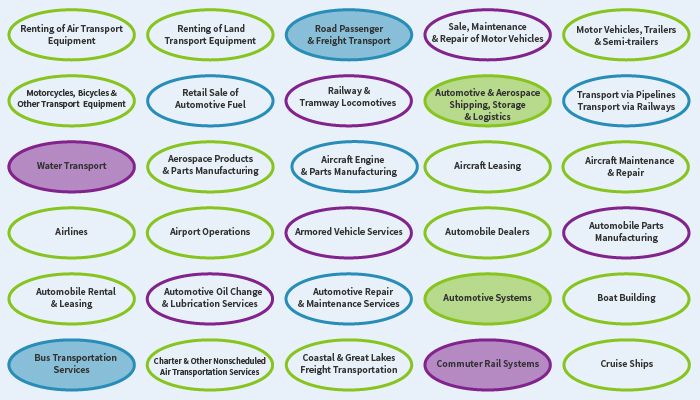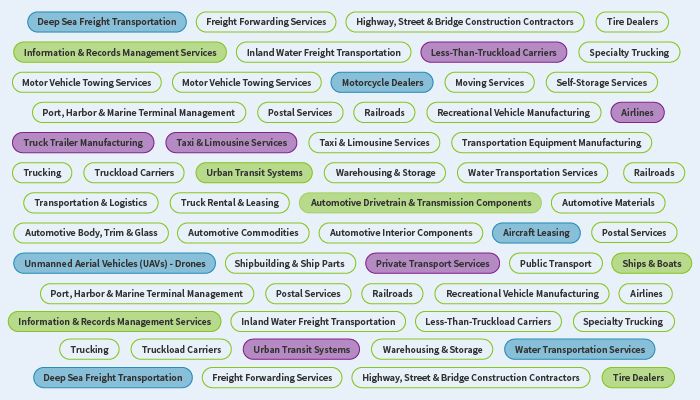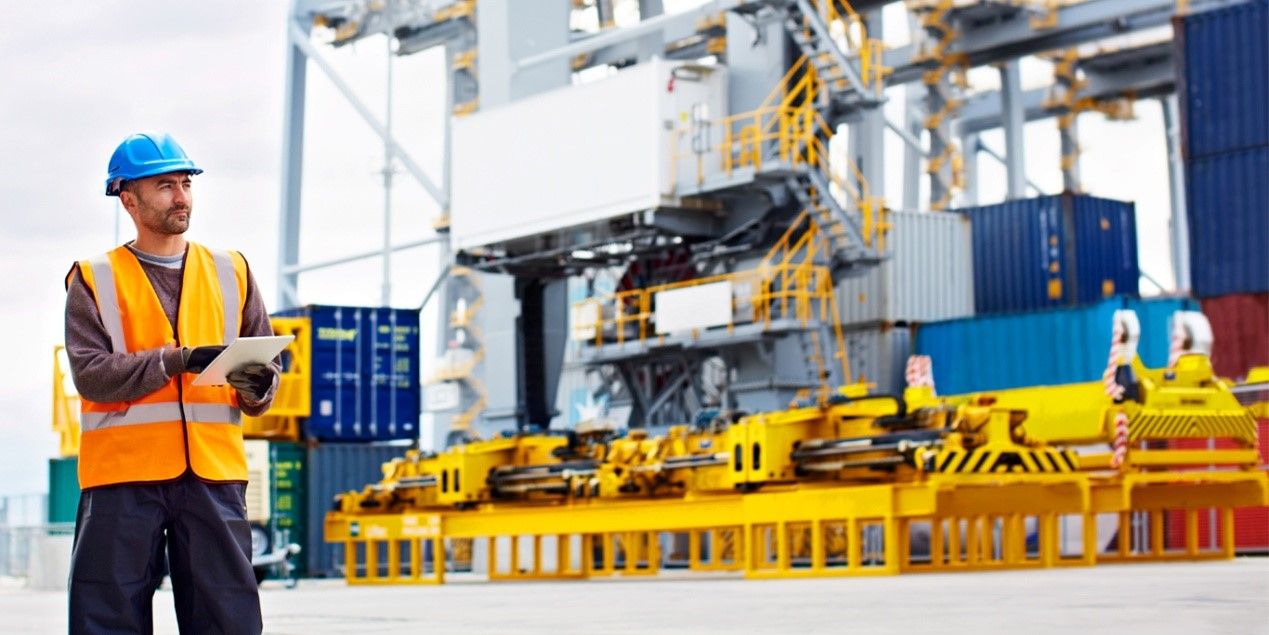
Transportation and logistics operations determines the efficiency of supply chain of products and services.
It covers air, rail, road, water and pipeline transportation of both goods and people.
It involves warehousing and storage facilities to store goods, materials handling, packaging and the integration of information flow through supply chain management.
The transportation, logistics and distribution industry has been transformed by the growing importance of global e-commerce, that has created demand for new and expanded transportation systems and services. New business models, technologies, regulations, and stakeholder expectations have also had a profound effect on transportation providers.
Smart transportation leverages the application of smart solutions and services in the transportation infrastructure to deliver real-time information about traffic flow and commuters.
Airlines and airports, shipping companies, logistics service providers and other transportation companies are all part of the process to keep people and products on the move.
In terms of cargo transportation, trade relations between China, North America and the European Free Trade Association (EFTA) are forecast to drive up traffic demand over the coming years.
The haulage and logistics industry is complicated by the nature of the business itself facing staff shortages and seasonal pressures. Logistics is a complex integration of information, material handling, production, packaging, transportation, inventory and warehousing and as such, various skilled and unskilled workers are required to maintain operations.
In the logistics industry, intermodal freight traffic is the most common choice to move consumer goods- shipped in containers that move interchangeably by commercial vehicles, railroads and container ships. The key players in this industry include Deutsche Post DHL, United Parcel Service, Maersk and JSC Russian Railways.
In U.K, significant future growth in freight and passenger traffic is also expected, potentially doubling by 2030, This will be enhanced by strategic investments such as HS2, Crossrail, Thameslink, London Underground upgrades and the nationwide electrification programme.
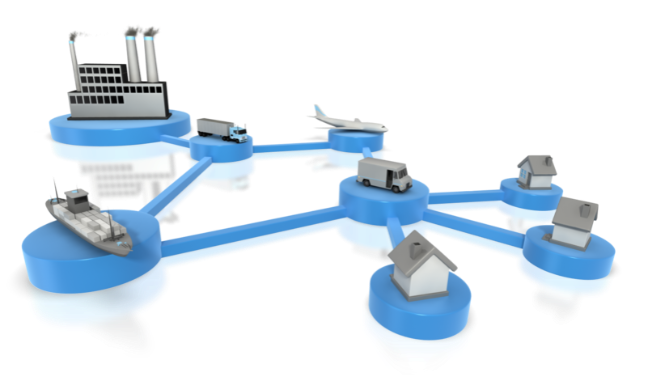
Sustaining growth is gradually becoming challenging as several profitable expanding markets are reaching saturation, and leading players are consolidating their market share. Innovation is going to be the key determinant for the growth and profit margins of commercial transport companies, as to improve the quality, load, delivery time and cost of facilitating the products and services.
New developments in logistics and transportation have enhanced and optimized the e-commerce market.
The shift from retail to e-retail has boosted activity for logistics companies to deliver the increasing number of goods purchased from online retailers and tech firms such as Amazon, Google and Japan’s Rakuten tapping into the logistics market and further expand their supply chains.
Accurate inventory and efficient logistics are essential for successful business. IoT-based supply chain management and the use of innovative sensor and tracking technologies, logistics operatives gain access to information regarding the location and status of their deliveries.
Wholesale distribution represents the largest channel to market for manufacturers and the most valuable supply chain for retailers and end customers.
Technology is pivotal, particularly with regard to limiting low value-added labour activities, including inventory control, warehouse management, billing and delivery-route scheduling.
Although advanced warehouse management systems are improving productivity in the logistics and warehousing sector, raw materials, parts and finished products are transiting longer distances, by different means of transportation and transport providers are faced with ever decreasing timeframes and rising risks.

Leverage Innovations to Boost your Business
Our research reports provide forward-thinking industry analysis around the changes in all areas of the transportation sector including road, railway, air and water, and industry-specific news for the leading companies in this sector. Also insights into the trends, market sizing, opportunities, marketing strategies, key growth drivers and challenges of the logistics and warehousing sector.



 Transportation and Logistics
Transportation and Logistics